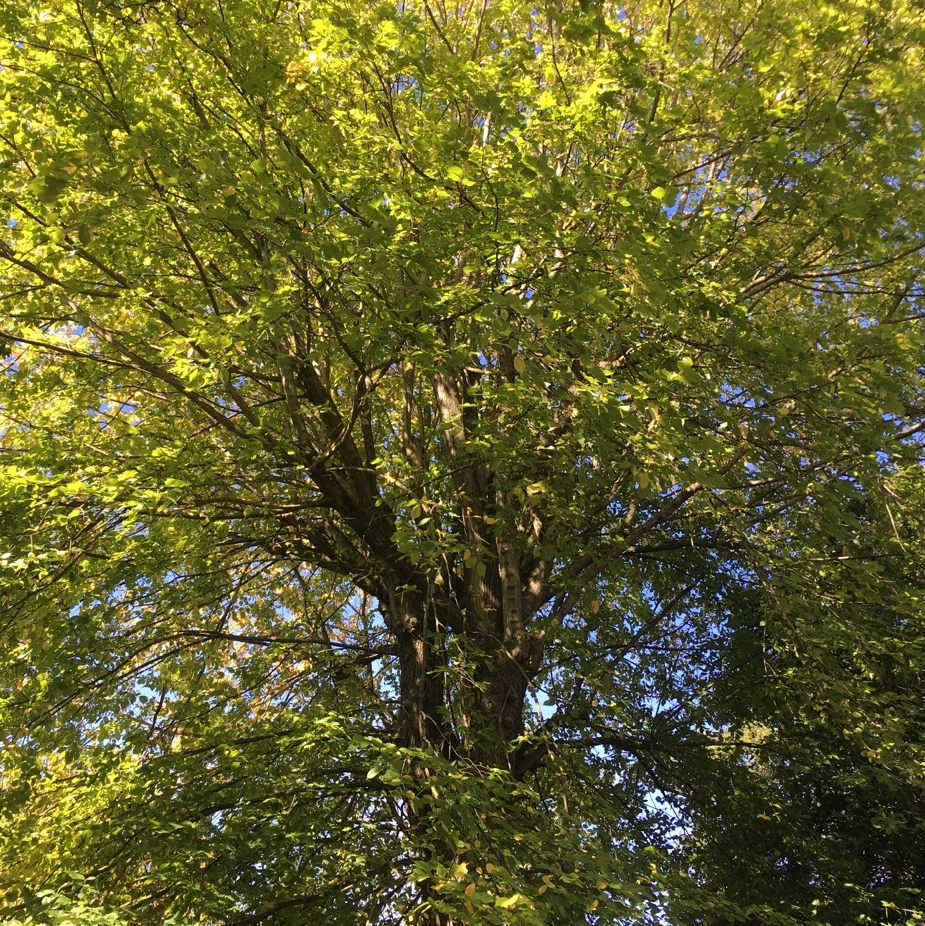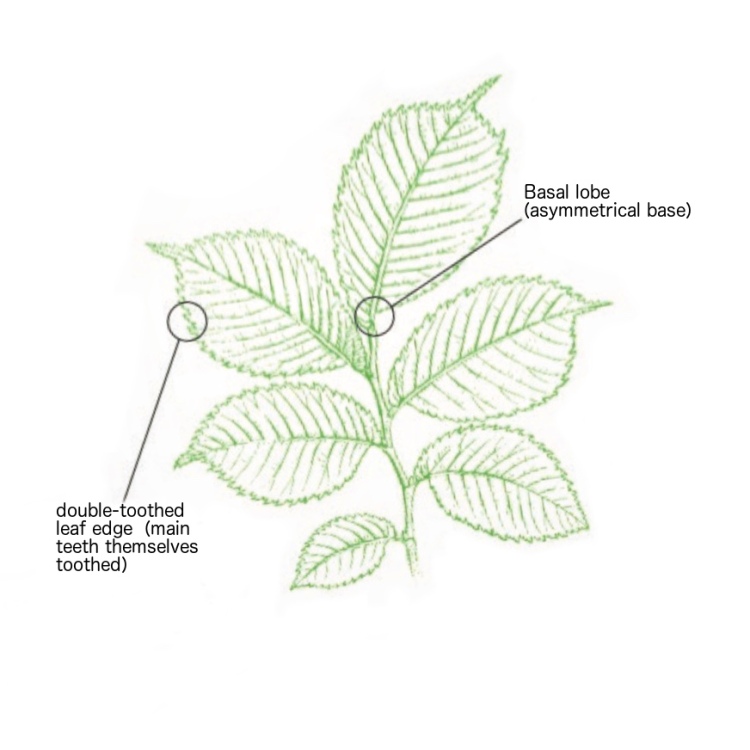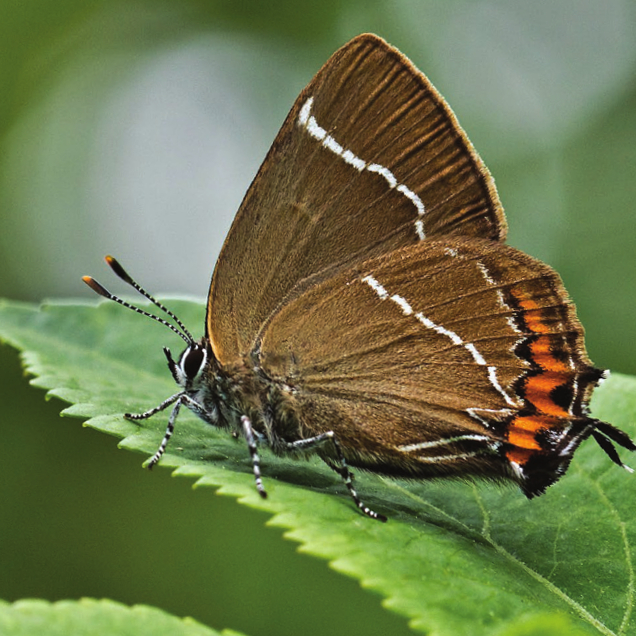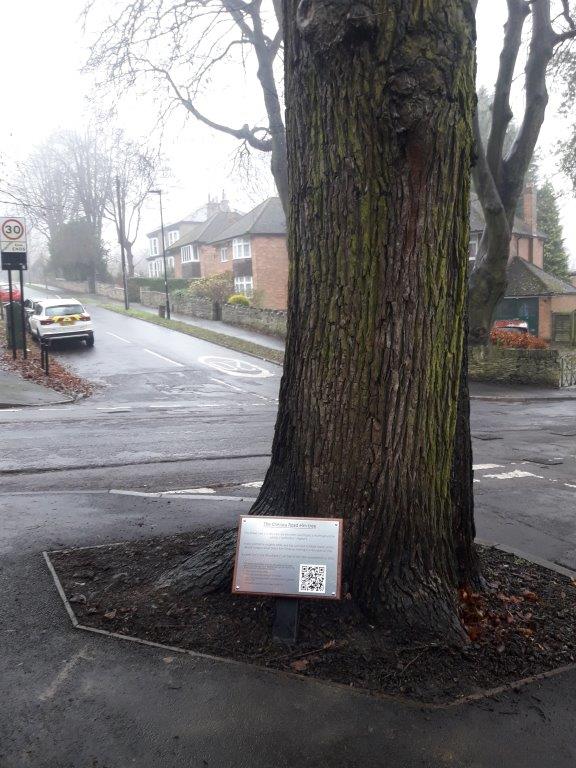
Fame
The Chelsea Road elm tree is one of the most famous elm trees in the UK. Estimated to be around 120 years old in 2016, it is one of less than 1000 old elm trees in the whole of the UK (outside of the cordon sanitaire zones in Brighton and Edinburgh). Over 60 million elm trees died in the UK between 1964 and the late 1980s, as a virulent fungus called Dutch Elm Disease quickly spread across the country. The look of the English countryside was changed forever, as our most common tree was wiped out. The Chelsea Road elm tree is important, not just because of its rarity, but also because it is resistant to Dutch Elm Disease. It has been observed being attacked by the elm bark beetle that carried the fungus most years, and fights off the disease every time.

Variety of Tree
There are various species of elm, the most common being the English Elm (ulmus procera), Field Elm (ulmus minor) and Wych Elm (ulmus glabra). The Chelsea Road elm is a Huntingdon Elm (ulmus x hollandica “vegeta”), a hybrid between Field and Wych Elm. Huntingdon Elms are known for their greater Dutch Elm Disease resistance, although they are not completely immune.

A Special Butterfly
The Chelsea Road elm tree is home to a very special butterfly called the White Letter Hairstreak (satyrium w-album). This butterfly lays its eggs in June/July only on elm trees. The caterpillars hatch in March feasting on the elm flowers, seeds and fresh leaves, before pupating in May. The adult butterflies emerge in late June and the cycle begins again. As a result of their dependence on mature elm trees the butterfly has declined by 97% since 1976, shadowing the elimination of elms from most of the UK. The butterfly is very hard to see, about the size of a 50 pence piece, and spends most of its time in the very top of the tree, and only for about four weeks from late June to late July. Very occasionally they come down to feed on the nectar of flowers, usually in mid-morning, with their favourite flowers being thistles.

Campaign to Save the Tree
In late 2015, Sheffield Council announced this tree would be felled as a result of the damage it was doing to the road and pavement. However, given the rarity of the tree, and it providing a home to a very rare butterfly, local residents began a campaign to stop the tree from being felled. The campaign spanned four years, turning this previous unknown tree into one of the most famous trees in the UK – achieving second place in the Woodland Trust English Tree of the Year competition in 2016. An open top bus was parked under the tree in July 2016, to allow the public easier viewing of the butterfly. A widely attended street party was hosted under the tree in July 2017. Brave campaigners blocked the tree from being felled when the chainsaws turned up in February 2018. The tree is now safe, with simple pavement and road repairs being completed in 2019 and 2020.

Securing the Future
Whilst it is hoped that the Chelsea Road elm tree will be around for a long time yet, all trees eventually die. Plus Dutch Elm Disease is constantly mutating, and may one day mutate in a way that kills the tree. If that were to happen, the White Letter Hairstreak would lost its home, and our local colony would die out. To secure a long term future for the butterfly, seven new elm trees have been planted nearby on both sections of Chelsea Road. These are all of a highly Dutch Elm Disease resistant elm species called New Horizon (ulmus “New Horizon”). It is hoped that as the new trees grow bigger over the coming years, the White Letter Hairstreak will colonise all of them, providing a larger amount of habitat over a wider area.